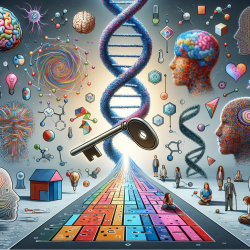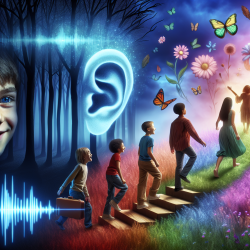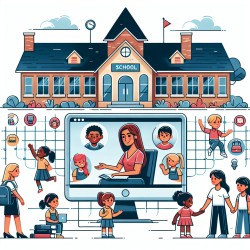Understanding the Genetic Blueprint of Face Perception
In the ever-evolving field of neuroscience, the study titled Global Genetic Variations Predict Brain Response to Faces offers profound insights into how genetic variations influence brain responses to facial expressions. This groundbreaking research, conducted on a sample of 1,620 adolescents, explores the heritability of brain responses to facial expressions, particularly ambiguous ones, using functional magnetic resonance imaging (fMRI).
Key Findings of the Study
The study reveals that a significant portion of the brain's response to facial expressions is influenced by common genetic variations. Specifically, 40-50% of the phenotypic variance in brain response to ambiguous facial expressions can be attributed to genetic variance. This discovery was made using the genomic-relationship-matrix restricted maximum likelihood (GREML) method, which linked global genetic variance to brain responses.
Interestingly, the study found that this genetic influence was not as significant for angry facial expressions, highlighting the complexity and specificity of genetic contributions to brain function. The research identified nine out of 25 brain regions where genetic variance significantly explained the phenotypic variance in response to ambiguous expressions.
Implications for Practitioners
For practitioners in the field of special education and therapy, these findings present an opportunity to refine therapeutic approaches. Understanding the genetic underpinnings of face perception can lead to more personalized and effective interventions for individuals with social cognition challenges, such as those with autism or social anxiety disorders.
Here are some ways practitioners can leverage these insights:
- Personalized Therapy: By considering genetic predispositions, therapists can tailor interventions to better suit individual needs, potentially improving outcomes for clients with specific genetic profiles.
- Enhanced Diagnostic Tools: Incorporating genetic testing and brain imaging could enhance diagnostic accuracy, allowing for earlier and more precise identification of social perception disorders.
- Targeted Skill Development: Understanding which brain regions are most influenced by genetics can help therapists focus on developing specific skills related to face perception and social interaction.
Encouraging Further Research
While this study provides valuable insights, it also opens the door for further research. Practitioners and researchers are encouraged to explore the following areas:
- Longitudinal Studies: Investigating how genetic influences on face perception evolve over time could provide deeper insights into developmental trajectories.
- Broader Population Studies: Expanding research to include diverse populations can help determine the universality of these findings across different genetic backgrounds.
- Intervention Studies: Conducting studies to test the efficacy of personalized interventions based on genetic profiles could revolutionize therapeutic practices.
To read the original research paper, please follow this link: Global Genetic Variations Predict Brain Response to Faces.
Conclusion
The intersection of genetics and neuroscience is a promising frontier in understanding human behavior and cognition. By integrating genetic insights into therapeutic practices, practitioners can enhance their ability to support individuals with social perception challenges. As we continue to unravel the genetic code of face perception, the potential for transformative advancements in therapy and education becomes increasingly attainable.










